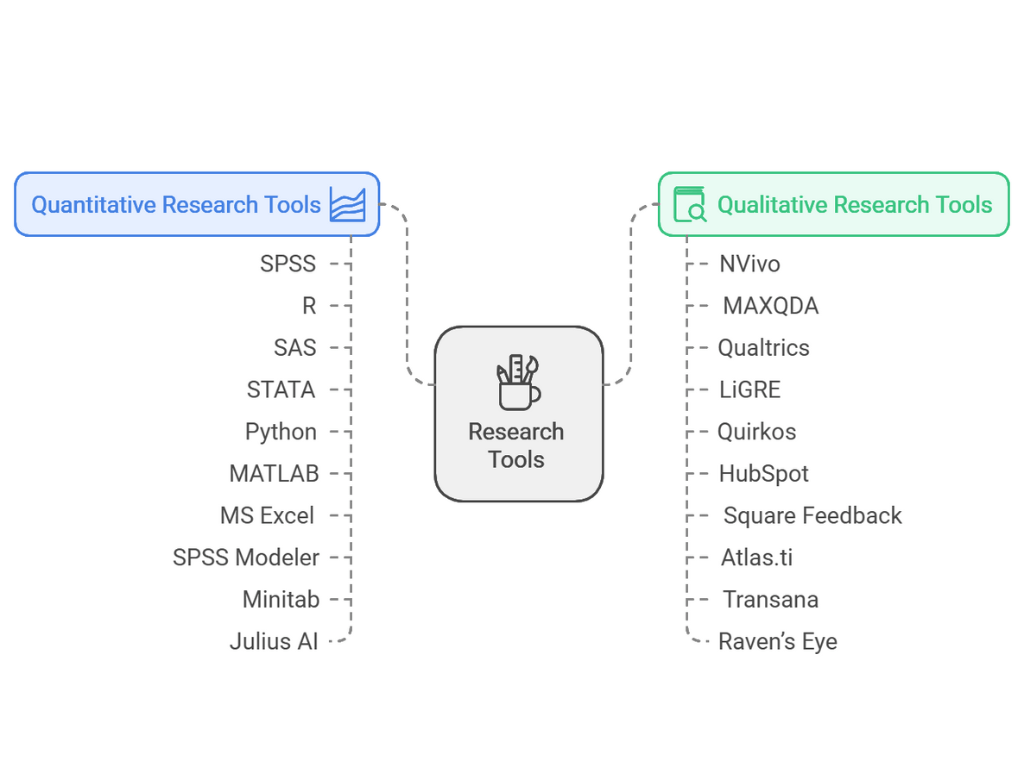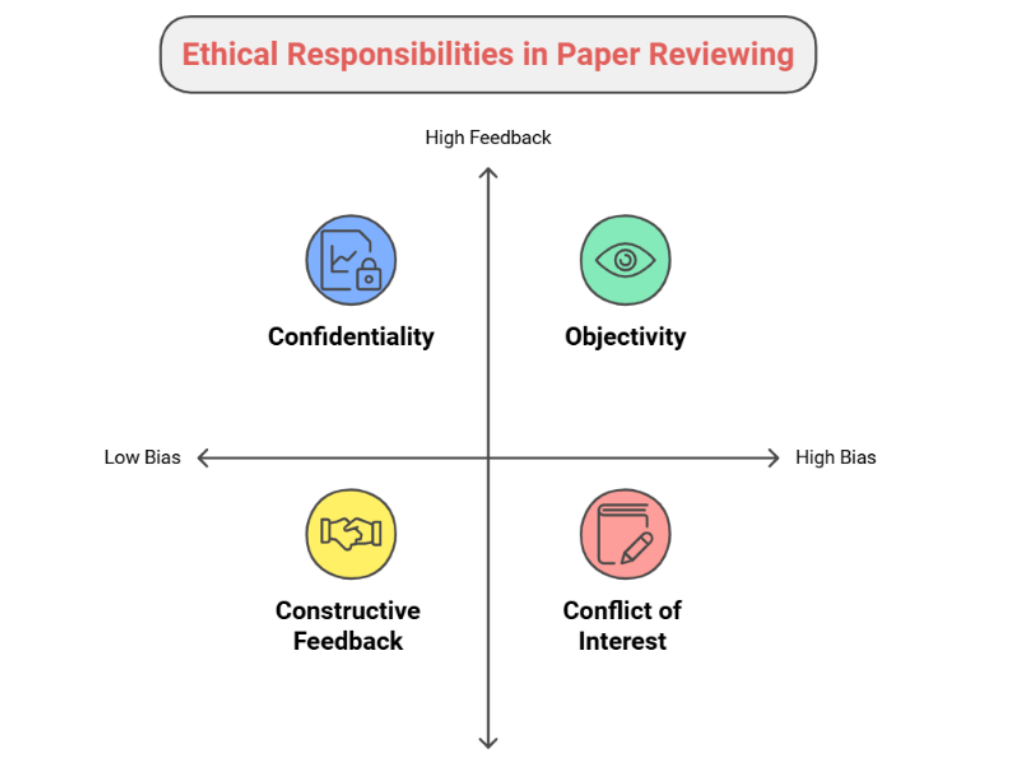
Do you need a tool to help you in writing a research paper?
Meet AnswerThis – a tool specifically designed for writing research papers.
With AnswerThis, you can:
- Conduct a literature review
- Create paper outline
- Use AI editor to write papers
- Identify research gaps
- Paraphrase your writing
- And much more
Writing a scientific paper can feel overwhelming. You have data, results, and ideas — but turning them into a clear, publishable paper is not easy. The good news? You can simplify the process.
This post breaks down how to write a scientific paper into 15 simple, practical steps. Whether you’re a PhD student, early-career researcher, or academic writer, these steps will guide you from rough idea to polished manuscript.

Step 1: Identify the Main Point of Your Study
Every great paper starts with one key idea.
Ask yourself: What is the central message I want readers to remember?
This should be something simple and powerful — not your methods or data, but your main discovery or insight.
👉 Example: “This study shows how AI can detect early signs of diabetes using retinal images.”
Once you define your main point, every section of your paper should support it.
Step 2: Determine the Story
Science is storytelling with evidence.
Your paper must have a logical flow — a beginning (why it matters), a middle (what you did), and an end (what it means).
Think of your study as a narrative:
- What was the problem?
- What did you do to solve it?
- What did you find?
- Why does it matter?
If you can summarize that story in a few sentences, you’re ready to write.
Step 3: Describe What You Did
This is the methods part — but don’t just dump details.
Be specific about:
- The experiments or analyses you ran
- The data you collected
- The tools or algorithms you used
Good scientific writing helps others replicate your work. So, clarity is more important than complexity.
Step 4: Explain Why You Did It
Readers must understand the purpose behind your methods.
Why did you choose that dataset or experiment? Why not something else?
This builds credibility and shows thoughtful design.
Step 5: Present the Results Clearly
This is where you show what you found — but keep it organized.
Use tables, graphs, and figures effectively. Avoid overwhelming readers with raw data.
Each result should answer a specific question or test a hypothesis.
Write short descriptions before and after each figure to highlight key insights.
Step 6: Outline the Introduction (Use Swales’s CARS Model)
John Swales’s CARS model (Create A Research Space) is the gold standard for writing introductions. It includes:
- Establishing a territory – explain the importance of your research area.
- Identifying a niche – highlight the gap in current knowledge.
- Occupying the niche – state how your study fills that gap.
This structure ensures your introduction has purpose, flow, and relevance.
Step 7: Draft a List of Findings
List all your findings in bullet points before writing the results section.
This helps you see the big picture and prevents repetition.
Then, rank them: which finding is most important? Which one supports others?
That order should guide your paragraph flow.
Step 8: Draft a List of Problem Items
No paper is perfect. Identify issues such as:
- Weak data points
- Missing references
- Unclear figures
- Gaps in logic
List them now, not after submission. Being honest about weaknesses early saves time later.
Step 9: Provide a Response to Each Problem
For every issue in your list, write how you plan to fix it.
Example:
- Problem: “Figure 2 unclear.”
→ Response: “Add better labels and captions.”
This process helps you polish your paper before peer reviewers point out the same issues.
Step 10: Determine the Thesis of the Closing Paragraph
Your conclusion is your last chance to make an impression.
Summarize your study’s main point and what it contributes to science.
A strong thesis in the closing paragraph should answer:
- What should come next?
- What did we learn?
- Why does it matter?
Step 11: Find the Paragraphs
Before writing, sketch out your paper’s structure — paragraph by paragraph.
Each paragraph should cover one main idea. This approach prevents repetition and improves flow.
👉 Example:
- Paragraph 1: Background
- Paragraph 2: Research gap
- Paragraph 3: Objectives
- Paragraph 4: Method overview
…and so on.
Step 12: Blend Figures with the Narrative
Figures are not decorations — they are part of the story.
Introduce each figure in the text before showing it.
Then explain what the figure demonstrates and why it matters.
Readers should understand every figure without reading the full text — and understand the text without seeing the figures.
Step 13: Write a Topic Sentence for Each Paragraph
Every paragraph starts with a mini-introduction — one clear sentence that says what the paragraph is about.
👉 Example: “Machine learning models have recently gained popularity for detecting medical anomalies.”
This prepares the reader for what’s coming and keeps your argument logical.
Step 14: Write a Concluding Sentence for Each Paragraph
Every paragraph also needs closure.
Use the last sentence to summarize your point or connect it to the next idea.
👉 Example: “These results suggest that early intervention can be predicted more accurately using this model.”
This technique gives your writing rhythm and flow.
Step 15: Write the Supporting Sentences
Finally, add the evidence and reasoning that support your topic sentence.
Use:
- Data from your results
- References from the literature
- Logical explanations
Keep sentences short and precise. Each paragraph should move your story forward.
✍️ Final Tips for Writing a Strong Paper
Now that you know the 15 steps, here are some final reminders:
- Write first, edit later. Don’t chase perfection in your first draft.
- Use active voice. It’s clearer and more engaging.
- Stay consistent. Terminology, figures, and tone should match throughout.
- Read aloud. It helps catch awkward phrasing.
- Ask for feedback early. A peer or mentor can spot issues you’ve missed.
🌟 Closing Thoughts
Writing a scientific paper isn’t just about reporting facts. It’s about telling the story of your discovery in a clear, logical, and engaging way.
By following these 15 steps, you’ll not only make writing easier — you’ll also improve the clarity and impact of your research.
So next time you sit down to write, remember: every great paper starts with one strong idea, a clear story, and a well-organized plan.
Don’t forget to read: Critical Questions for Researchers
Best of Luck..




